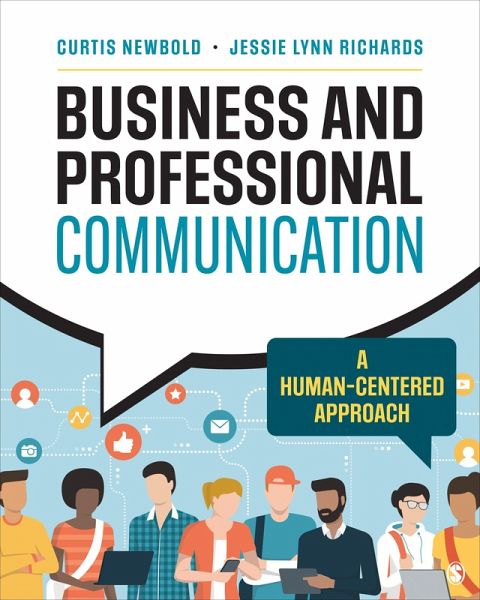Nicht lieferbar

Business and Professional Communication
A Human-Centered Approach
Versandkostenfrei!
Nicht lieferbar
Business and Professional Communication: A Human-Centered Approach prepares students to succeed in today's workplace defined by changing technology, a diversifying workforce, and an increase in remote and hybrid work. Emphasizing accessibility and inclusion, this text encourages students to be more conscientious, purposeful, and ethical in the way they communicate at work and beyond.







